When and how to water potatoes outdoors?
A feature of the potato is its powerful food potential, which the plant can realize by getting enough nutrients. Timely watering of potatoes plays a significant role in the formation of the crop. Long-term experience of farmers suggests at what periods of development the plant is especially in need of moisture. The volume of tuber formation is in direct proportion to the type of irrigation.
Watering value
Potatoes need a lot of moisture, because their 30-centimeter root system during the season should ensure the formation of a large mass of greens and tubers. Accordingly, early varieties are even more demanding on the presence of moisture in the area. At different stages of growth, potatoes require different amounts of liquid for vegetative processes. The climatic conditions of different regions of the country do not always provide sufficient moisture to the crop for maximum return, and then watering is necessary. Dry periods are especially dangerous for potatoes that are grown on light soils. If there is enough moisture, the yield from these soils exceeds the volume of tubers grown on fertile garden soils.
- According to agronomists, the weight of tubers increases from 150 to 300 g when receiving nutrition from 30 mm of additional moisture.
- When watering, the yield increases due to the increase in the weight of the tubers. To a lesser extent, irrigation affects the number of ovaries.
- Sufficient moisture speeds up the process of tuber formation and brings the harvest time closer.
- Watering before budding will allow the stems and leaves to grow.
- Adequate moisture before flowering in June and July will provide more tubers.
- Irrigation in August, when the tubers are growing, contributes to high yields.
There is an opinion about the inexpediency of watering, to which scientists give the following arguments:
- targeted watering leads only to a slight decrease in starch in late ripening tubers;
- correct watering does not affect the keeping quality of potatoes;
- irrigation is not carried out in favorable, rain-rich weather.
Advice
One-time irrigations with a rate of water consumption to a depth of 20 to 30 mm are the most effective for potatoes.
When do you start watering potatoes?
The tubers are planted in the still moist soil in spring, they germinate successfully. The plot is not watered until the shoots reach a height of 5-10 cm. If irrigation is started earlier, the plant can form a superficial root system. In summer, such bushes cannot be fed with moisture from deep soil layers.
It is recommended to start watering potatoes in the open field a month after planting. Each bush should receive at least three liters of settled warm water. In small areas, gardeners can water gently so that moisture is absorbed by the soil under the bush.
- First, part of the water is poured, then the remaining volume so that the liquid valuable for the plant does not spread along the ground.
- During the growth of the green mass, before the buds have appeared, the potatoes are watered as needed, usually once a week.
- If the weather is hot, water more often.
Advice
You can understand whether a plant needs water using a simple method: by immersing your hand in a 15-centimeter-deep hole, determine the soil moisture. If the soil is dry along the length of the fingers, water should be used.
Leaving before flowering
Proper watering of potatoes requires careful attention to the processes of its development. As soon as buds appear, nodules begin to form below. The plant at this time needs a lot of moisture.It has been found that the yield of potatoes is reduced by 30% if they lack water in this phase of the growing season.
Watering rates are increased if the first flowers are noticed. Without waiting for mass flowering, 12-15 liters of water should be poured under each bush after 3-4 days.
The need for "dry irrigation"
Loosening the soil is compared to irrigation, because this process helps to retain moisture and saturate the soil with oxygen.
- At an early stage of growth of potato bushes, it is necessary to regularly loosen the soil, especially after watering.
- At a 10-centimeter height of plants, they are huddled for the first time, completely covering the sprouts with earth.
- Before flowering, potatoes are spud two more times, creating a loose layer of earth around the bush for better development of tubers.
During hot weather, there are often strong winds, which very quickly dry the soil to a great depth. Gardeners water the potatoes at least every 4-5 days, watering is carried out in the evenings. Each bush should receive at least 12 liters of water. Be sure to loosen the soil when it dries up a little.
Early potato care
Dry periods are frequent in May and June. And this is the time for the formation of early potato tubers, which is in dire need of moisture.
- The bushes begin to water when they grow to 5-10 cm.
- 3 liters of warm water heated in the sun are poured into the middle of the bush.
- The potatoes are watered every 3-5 days.
- Before flowering, the rate is increased to 6-10 liters, and in drought - up to 12 liters.
- After flowering, the tubers grow, and early potato plants are given up to 20 liters of water per watering, so that moisture penetrates to all roots.
If the tops begin to wilt and dry, watering is first reduced to 3 liters every ten days, and then stopped.
The specifics of summer planting potatoes
From June 25 to July 15 - the time of planting seed early potatoes. Many gardeners believe that the tubers of such potatoes are more productive. They ripen by the end of September, beginning of October.
Watered dry soil before planting for 2 or 3 days, adhering to the rate of 30 liters per 1 m2... From above, the rows of planted potatoes are mulched, when shoots appear, they are watered, adhering to the previous rate, every 3-4 days.
In dry weather, with a plant height of 20 cm, watered to accelerate the growing season, doubling the rate: 60 liters per 1 m2... This volume is observed at the beginning of budding and during flowering, watering after 7-10 days.
How to avoid mistakes?
Gardeners often find specimens of irregular shape among the dug tubers. Unfortunately, these are the results of care errors. The tuber takes on a bizarre shape due to irregular watering. When the soil dries up, the potatoes stop growing. With the arrival of moisture, the process resumes, but growth points develop unevenly. In constantly moist soil, the tuber is even, without cracks, avoids scab lesions.
Advice
Mulching the soil helps to retain moisture.
Scientists have calculated that during the day during a drought, up to 10-15 liters of moisture evaporate from a potato bush. Some part is returned due to condensation, but watering is required, as well as the subsequent mulching of row spacings with weeds without seeds, last year's sawdust, hay, straw.
An excess of moisture is also harmful to the entire bush, as is its lack. Fungal diseases of stems and leaves may develop or tubers may rot.
Watering is best in the evening or before sunrise. In large areas, water is let in from a hose along the aisles and sprinkling is used. A good option is to install a drip irrigation system.
The benefits of drip irrigation
This method allows you to saturate the soil with moisture and enrich it with mineral fertilizers. The advantages of drip irrigation are obvious:
- saving water, time and labor of the gardener;
- the soil is moistened in moderation and constantly;
- fertilizers are distributed in the correct dosage, falling under each bush along with water, which contributes to their rapid assimilation;
- the possibility of fungal diseases decreases, because water does not irrigate the leaves;
- potatoes ripen faster due to the fact that the soil temperature does not drop, as with sprinkling;
- treatment with drugs and loosening of the soil is carried out at any time, since the aisles are dry.
The potato yield depends on how much moisture each bush receives. By choosing a profitable irrigation system, they get a decent return on the site.

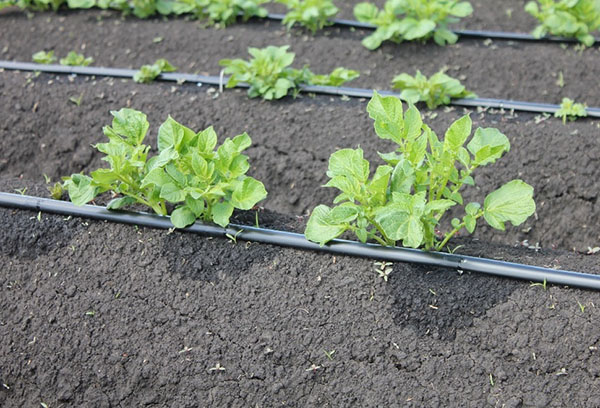



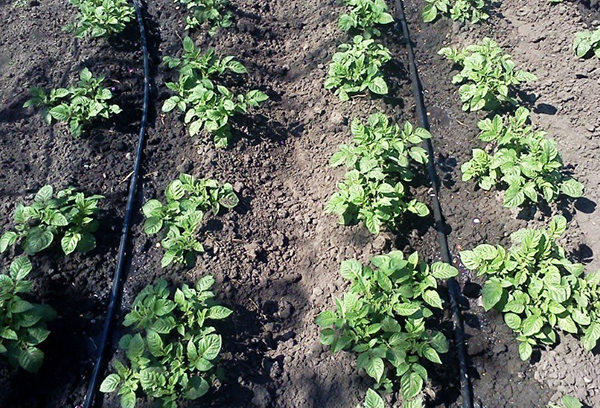
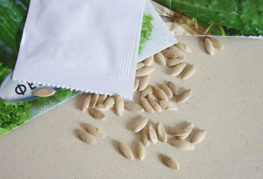
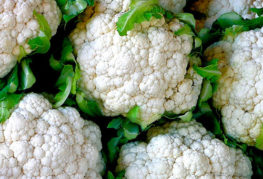
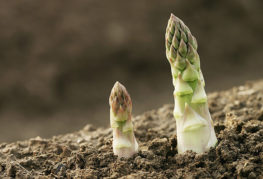
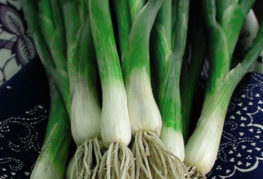

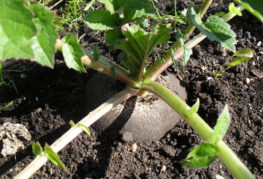
and will be published shortly.